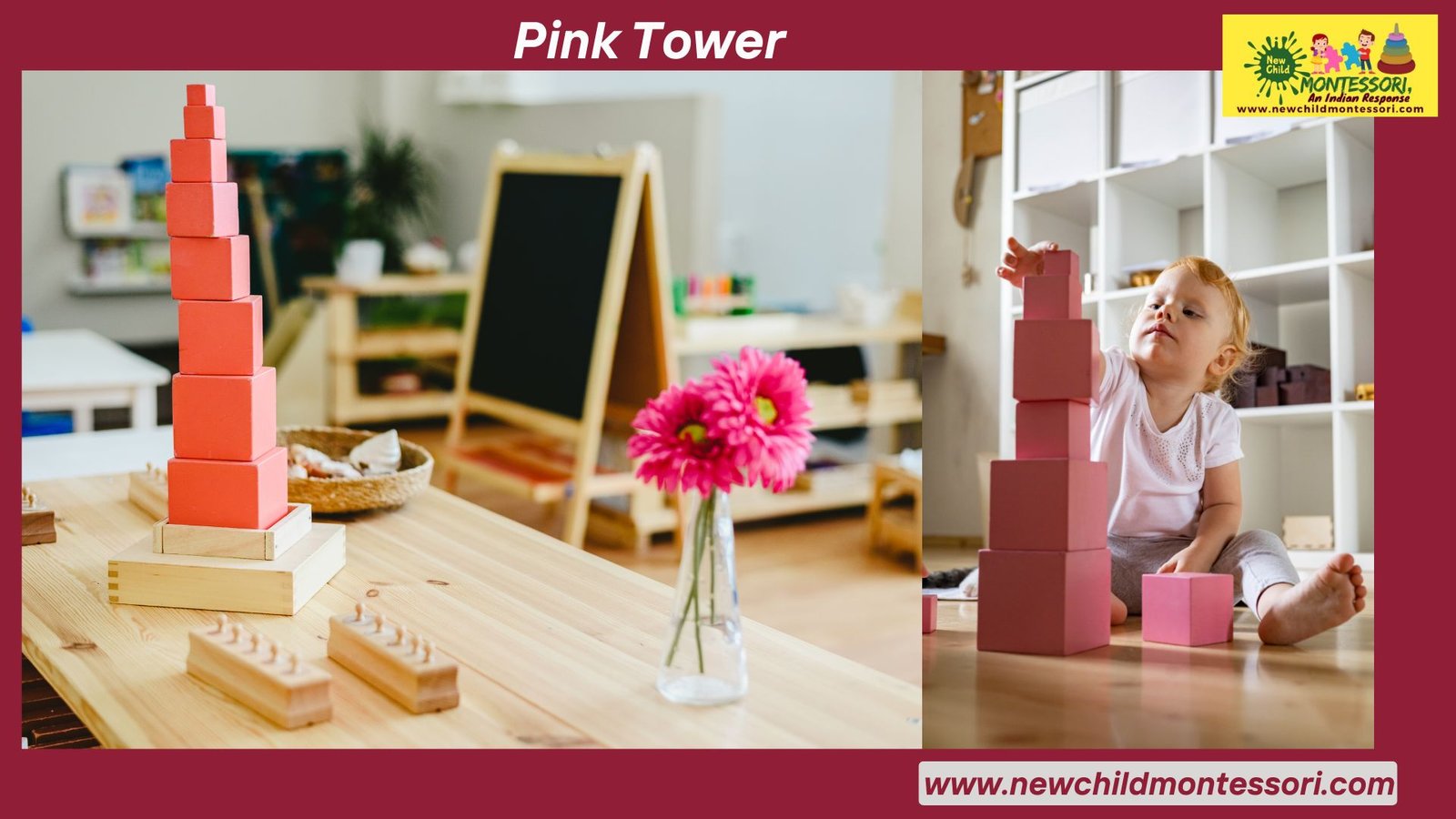I have been teaching in a Montessori school for more than a decade (16 plus years). Therefore, I have dealt with every single Montessori-inspired teaching-learning material.
I have found that several Montessori activities help children build concentration. Here I share 15 of my personal favorite Montessori concentration activities for toddlers and preschoolers. These activities include sensorial, practical life, language, and mathematics.
I assure you that these Montessori focus activities are time-tested and personally conducted by me with my students and my children. In addition, these activities have yielded fruitful results.
Mastering any Montessori activity requires concentration. Therefore, the first and foremost essential component for a child’s development is concentration.
The ability to concentrate empowers a child to learn anything more easily. Maria Montessori once provided her young students with the teaching-learning materials she had designed.
To her amazement, she observed that children as young as two years old could easily handle them with sustained concentration. Furthermore, she realized that children are capable of great attention and concentration if given the right teaching and learning materials.
This is why children in a Montessori school or a Montessori-inspired home environment often learn faster to read, write, use numbers, and understand scientific concepts.

Maria Montessori Concentration Activities:
I have cited examples earlier of how her simple teaching-learning materials are able to enable even a two-year-old to focus on what he or she is doing.
Here I have chosen my favorite 5 sensorial activities that genuinely help a child build concentration:
- Pink Tower: These are stacking cubes from largest to smallest. It enables a child to master visual discrimination skills and hand-eye coordination.
- Knobbed Cylinders: This is a set of wooden cylinders. It has knobs on top of it. In these knobs blocks of wood fit perfectly. This teaching-learning material encourages fine motor skills, concentration, and size differentiation.
- Sound Boxes: I encourage my students and my children to use Montessori Sound Boxes because matching sound cylinders with identical sounds sharpens auditory discrimination and focus.

- Montessori Concentration Activities: Again touch boards are another perfect Montessori teaching learning material that helps refine children’s sense of touch. Therefore, to learn this it requires careful attention.
- Color Tablets: While matching and grading colors with Montessori color tablets, a child improves visual discrimination and patience.
I have so far talked about Montessori sensorial materials to enhance concentration and focus in children, now I shall share with you Montessori practical life exercises to build focus and concentration in children.
Here are my 5 personal favorites:
- Pouring Water: While children pour water from one container to another, they need to focus on their task or else they will make a mess.
- Transferring with Tongs: Like pouring water, transferring objects with tongs requires a great deal of focus.
- Polishing a Mirror: This practical life activity requires a great deal of concentration because a child has to be extra careful because he is dealing with a fragile object. If he does not focus on the task, he will certainly not complete it.

- Sewing with a Lacing Card: As the name of the activity suggests, it promotes hand-eye coordination and patience.
- Arranging Flowers: It is a delicate task. If a child does not concentrate, he or she will not do it.
We all know that language activities enhance focus, pattern recognition, and cognitive skills.
Hence, in the next place I have sorted out some Montessori language activities that help a child to enhance his / her concentration skills.
As learning language is as important as learning scientific skills, I have included them in my list.
- Drawing Geometric Shapes: Tracing various geometric shapes in a blank paper improves pre-writing skills and concentration.

- Sandpaper Letters: Identifying letters with fingers helps to build a connection with language. As a result, it enhances memory and attention.
- Object-to-Picture Matching: Children match corresponding images to real objects. Therefore, it encourages visual discrimination and focus.
Finally, concentration activities cannot take proper shape if a child remains detached from learning basic mathematical skills from a young age.
- Number Rods: As a child arranges these rods in proper order, he /she needs to concentrate. Gradually, his / her concentration gets enhanced.
- Spindle Box: When a child places spindles in compartments, he/she automatically develops number sense and fine motor control.

Sumanta De is an educator. He has been teaching students for more than 16 years following the principles of Dr.Maria Montessori. He has a 7-year-old son and a 5-year-old daughter.
He is nurturing his children abiding by the principles of Dr.Maria Montessori. His passion for Montessori methods goes beyond the classroom.
Hence, he shares his experiences and insights through a dedicated Montessori blog and a YouTube channel under the name “NewChild Montessori”. He aims to offer valuable guidance to both parents and educators.
Education: M.A. English, Masters in Child Psychology & Bachelor’s Degree in Montessori Teachers Training